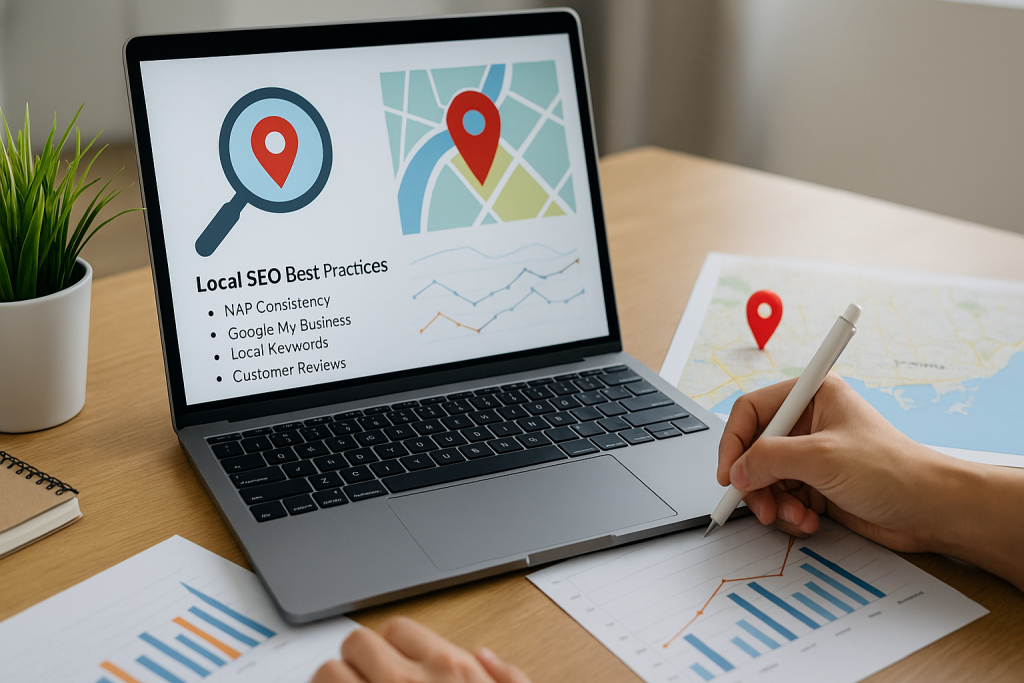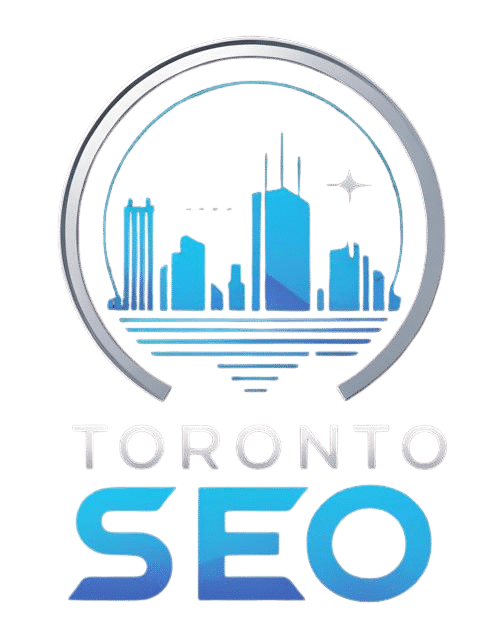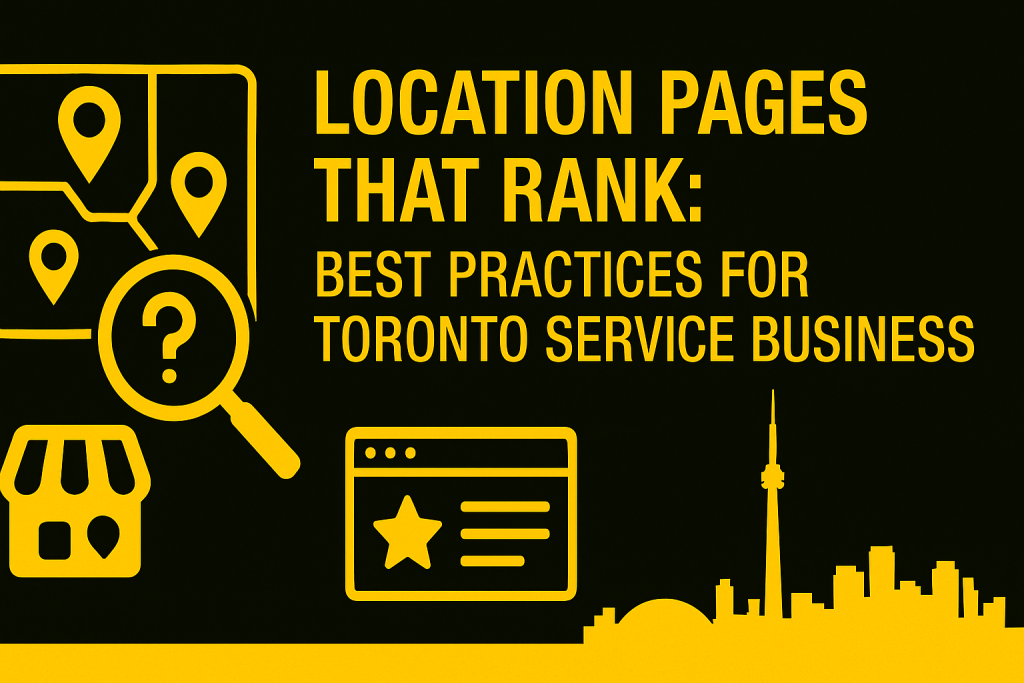Creating location pages that rank well in Google is one of the most powerful strategies for Toronto-based service businesses. Whether you’re an HVAC company serving Scarborough, a law firm in North York, or a cleaning service covering Mississauga and Vaughan, properly optimized location pages help your business dominate local searches and attract customers ready to buy.
In this in-depth guide, we’ll walk through proven SEO techniques, local optimization strategies, and advanced content structures to build location pages that outperform the competition in Toronto’s ever-evolving search landscape.
Understanding the Importance of Location Pages in Toronto SEO
Toronto’s competitive service market demands more than just a homepage and contact page. Each suburb, neighborhood, or city area you serve deserves a dedicated landing page that communicates local expertise, trust, and relevance.
A well-structured location page allows you to:
Target geo-specific keywords like “plumber in Etobicoke” or “HVAC repair Vaughan”
Capture Google Map Pack visibility
Improve conversion rates with hyper-localized content
Strengthen your domain’s topical authority
For example, top Toronto SEO agencies often combine multi-location content with local citations and strong on-page SEO. According to TorontoSEO.com’s local SEO insights, businesses with consistent NAP (Name, Address, Phone) data and localized landing pages consistently outperform those without them.
Structuring a High-Performing Location Page
1. Use Geo-Specific Titles and Meta Tags
Each location page must clearly include:
City or neighborhood name
Primary service keyword
For example:
“Roofing Company in Vaughan | Expert Roof Repairs & Installation”
The H1 tag should include both your service and location. Supplement with H2s such as “Why Choose Our Roofing Team in Vaughan” or “Emergency Roof Repairs Near You.”
Check out this guide to content optimization for deeper insights into crafting keyword-rich headings that convert.
2. Start with a Location-Focused Introduction
Your opening paragraph should make it instantly clear who you serve and where. Use natural language that includes both the service and location.
For example:
“Our team provides fast and affordable HVAC services across Toronto, Mississauga, and Vaughan. Whether you need air conditioning repair in Etobicoke or furnace installation in Richmond Hill, we’re your trusted local experts.”
This approach instantly connects you to search intent while boosting relevance in Google’s eyes.
3. Add Localized Trust Signals
Google rewards authenticity and relevance. Strengthen your local credibility with:
Customer testimonials from the area
Photos of your team on-site
Google Map embeds showing your service coverage
Mentions of nearby landmarks or neighborhoods
For example:
“Serving clients near Yonge Street, Queen’s Park, and the Distillery District.”
For more ideas on building trust online, see E-E-A-T signals for SMBs in Toronto.
4. Create Unique Content for Each Location
Duplicate content kills local rankings. Each page should be custom-written to reflect the specific needs and environment of that area.
Highlight neighborhood-specific challenges (e.g., downtown traffic for moving companies).
Include service area details — “We serve Vaughan, Woodbridge, and Maple.”
Mention local events, community partnerships, or case studies.
This personalization demonstrates local expertise and builds stronger engagement.

On-Page SEO Optimization for Location Pages
Optimize Headers (H2, H3) for Intent
Your subheadings should reflect how users search. Examples include:
“Affordable HVAC Repair in Toronto Downtown”
“24/7 Emergency Plumbing Services in Mississauga”
“Trusted Electricians Serving Vaughan and GTA”
Use Schema Markup for Local Business
Adding LocalBusiness schema helps Google understand your business better and can enhance your visibility in Google Maps and knowledge panels.
Key properties include:
@type: LocalBusinessaddressgeo(latitude and longitude)serviceAreaopeningHours
You can find schema implementation guidelines directly from Google Developers.
Optimize for Mobile and Page Speed
In Toronto’s mobile-driven market, 70% of local searches happen on smartphones. Ensure your location pages load fast and look great on mobile screens.
Refer to Core Web Vitals Toronto guide for optimization strategies to boost mobile rankings.
Boosting Visibility Through Local Citations and Directories
Consistency is key across all listings. Make sure your business name, address, and phone number match exactly on:
Google Business Profile
Yelp
YellowPages.ca
411.ca
Local Chamber of Commerce directories
For an in-depth directory optimization guide, check Citation Cleanup Toronto GTA Directory List.
Also, learn how Google’s latest algorithm update influences local visibility in Toronto from this post: Understanding Google’s Latest Algorithm Update.
Internal Linking Strategy for Location Pages
Strong internal linking builds authority across your domain.
Recommended links to boost your structure:
These links distribute topical relevance and strengthen your authority network.
Conversion-Focused Elements That Turn Visitors into Leads
Your goal isn’t just ranking — it’s conversion.
Add clear calls-to-action (CTAs) like:
“Get a Free Quote in Mississauga”
“Book a Vaughan Service Expert Today”
Include:
Click-to-call buttons
Contact forms with pre-filled location data
Service guarantees and response time badges
See how top agencies combine CRO and SEO in Conversion-First SEO Toronto.
Advanced Local SEO Strategies for Toronto
Use AI and Predictive SEO
AI tools are now crucial in understanding local search behavior. Toronto agencies use machine learning-based keyword clustering to identify trending service areas — see AI-Powered SEO Toronto Clusters & Briefs.
Monitor and Update Your Pages Regularly
Google rewards freshness. Regularly update:
Testimonials
Service pricing
Photos
Location coverage
Internal links
This signals ongoing business activity and improves engagement metrics.
Common Mistakes Toronto Businesses Make with Location Pages
Using identical content across multiple locations
Forgetting to include service keywords in titles
Missing out on map embeds or structured data
Ignoring user intent and conversion flow
Failing to link between nearby service areas
For an actionable audit, explore Toronto SEO Mistakes.
External Resources for Local SEO in Canada
To stay compliant and informed:
Government of Canada – Digital Main Street Grants – Support for digital transformation
Google Business Profile Help Center – Official setup and optimization guide
These trusted sources can help Toronto service businesses stay ahead with funding and compliance.
FAQs
1. How many location pages should a Toronto service business create?
Create one for each major city or neighborhood where you actively serve customers. Overextending to areas you don’t operate in can hurt trust.
2. Should I include reviews on every location page?
Yes. Local reviews build credibility and boost Google’s trust in your business presence.
3. What’s the ideal word count for a location page?
Aim for at least 800–1,200 words with rich, localized content and clear CTAs.
4. Can I use the same template for all my locations?
You can reuse layout templates but ensure unique copywriting and localized references per page.
5. How often should I update my location pages?
Quarterly updates work best — refresh testimonials, add new photos, and check internal links for accuracy.
Conclusion
Building location pages that rank is both an art and science. Toronto service businesses that invest in hyper-local content, structured data, and conversion-driven design will continue to dominate local search results — especially in 2025’s AI-driven SEO landscape.
Want expert help optimizing your location pages?
👉 Contact TorontoSEO.com to build a local SEO strategy that gets real results across Toronto, Mississauga, Vaughan, and beyond.


